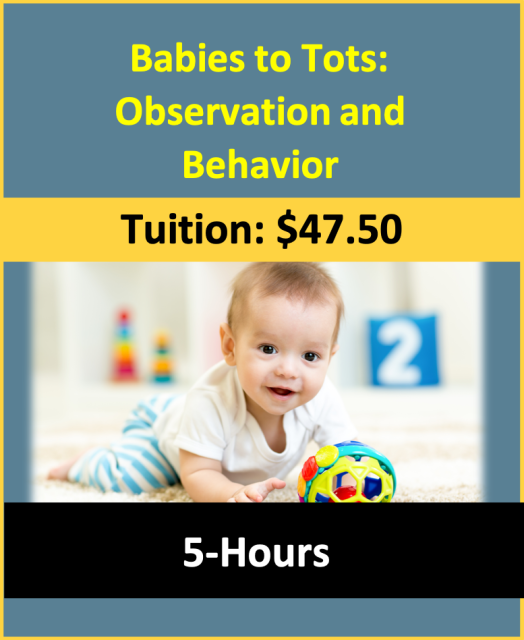Mitten Sensory Play
Lesson Plan:
Activity:
Mitten Sensory Play
Lesson plan developed by Ms. Erika Geelhoed, BA Ed
Mitten Sensory Play
Lesson plan developed by Ms. Erika Geelhoed, BA Ed
Age Group:
* Lesson plan objective and assessment can be adapted to use this activity with mobile infants or toddlers.
Objectives:
Children will:
- be introduced to new vocabulary through song.
- develop sensory motor skill.
II.6.4a
- Candidate’s interactions encourage children’s communication skills
- a) Promotes children’s language development through her/his verbal and non-verbal communications
Materials:
- mittens
- paint
- paper
- scissors
Procedure:
- Place the children in a comfortable area and introduce mittens to them.
- As they are exploring, you can introduce new vocabulary words such as “mitten,” “soft,” “hands,” etc.
- When finished, create the memory craft by placing their hand in desired paint color and printing it on the paper.
- When dry, cut out the print to look like a mitten.
- The memory craft can be sent home along with pictures of the children interacting with the mitten.
Assessment:
- Observe and record the children’s reaction to the mittens. How did the children interact with the mittens? Was there back and forth exchange when practicing the new vocabulary?
Click on the course icon for enrollment information.
Benefits of Sensory Play
Even before children can speak, they are developing an understanding of things in their environment by actively exploring them with all their senses. As they become more verbal, they are able to describe similarities and differences in what they see, hear, taste, touch, and smell. For example, each time a child explores sand, he is confirming his previous explorations and discoveries that sand is dry, gritty, and so forth, and he will eventually notice other materials that share those same characteristics.
Children develop and strengthen new motor skills through shaping, molding, scooping, dumping and splashing — these actions all support the development of small and large muscles. For instance, holding a scoop to fill and dump sensory materials works many muscles used in other parts of the children’s day, as when they hold a cup or spoon at mealtimes.
Children develop and strengthen new motor skills through shaping, molding, scooping, dumping and splashing — these actions all support the development of small and large muscles. For instance, holding a scoop to fill and dump sensory materials works many muscles used in other parts of the children’s day, as when they hold a cup or spoon at mealtimes.





